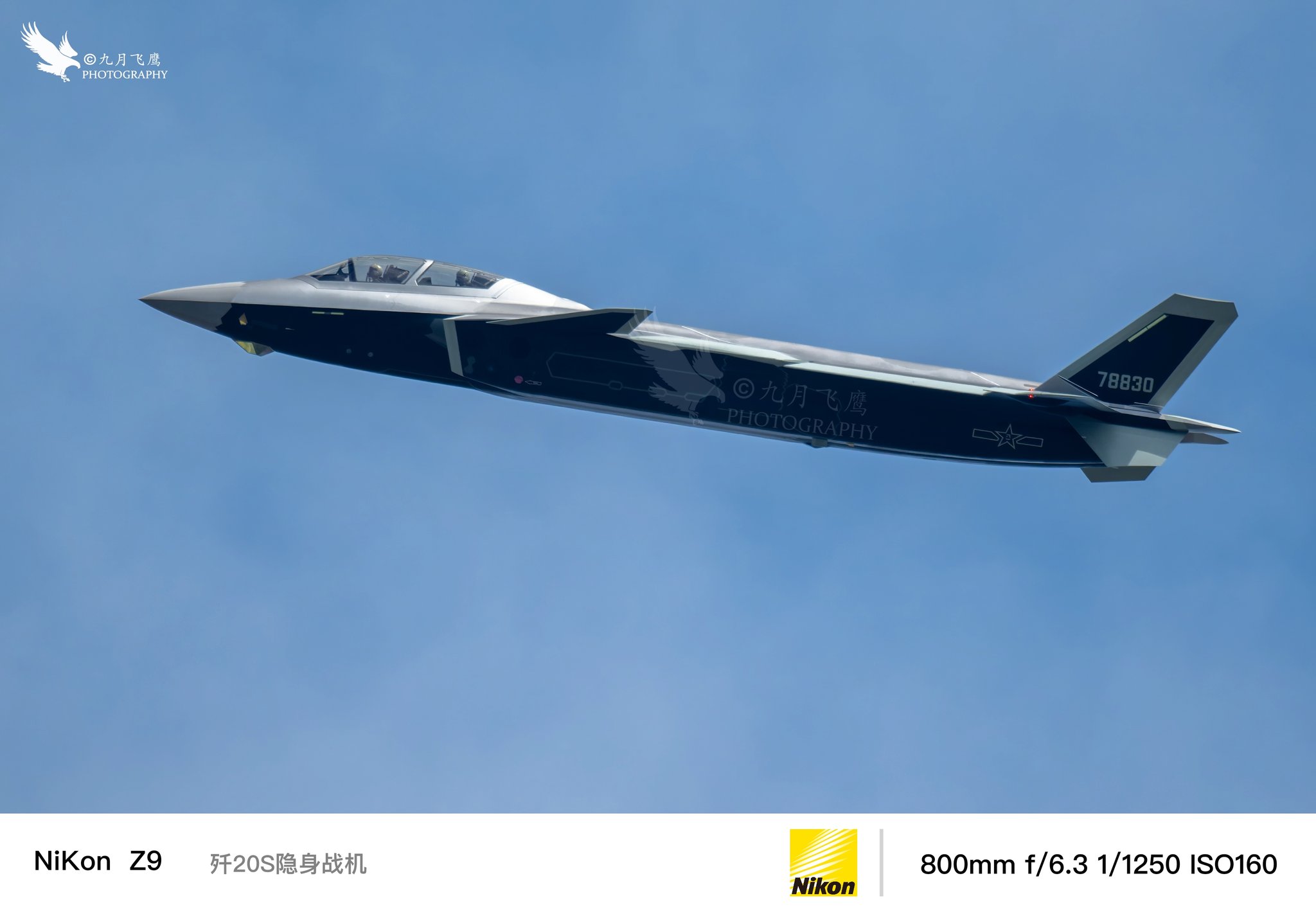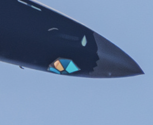I just came across this recent article from 19fortyfive:
Yes, I know that 19fortyfive is trash, but this one is good for a laugh, and it can instructive to be reminded of this and to practice how to pick trash articles like this apart.
Next, the J-20 is an air superiority fighter, and an air superiority fighter's job is to shoot down enemy aircraft. The ability to carry bombs has no impact on the performance of this job. Saying that it's a fundamental limitation that a plane that's not meant to carry bombs can't carry bombs is just dumb. It's also wrong because the J-20 can carry (small) bombs in its internal bay, but being wrong is less important than how dumb the statement is.
Ten years ago, there weren't any J-20s in service yet, and it's likely that the BVR doctrine hadn't been fully fleshed out yet. 10 years might not be all that long for the USAF, but it's effectively a lifetime ago for the PLAAF. Any conclusions from a report that old are effectively worthless nowadays.
Personally, I think that properly military analysts and consultants are more sober than this author when it comes to assessing the capabilities of the PLA. But I'm starting to feel that people like this aren't all that uncommon and that their voices reach a lot of places where they shouldn't.
Yes, I know that 19fortyfive is trash, but this one is good for a laugh, and it can instructive to be reminded of this and to practice how to pick trash articles like this apart.
I think that this should go for all the critics who talk about the rivets on the Su-57. Any exposure these observers might have had would have only been to prototypes, and these prototypes might not have all the stealth features that the production models have. Moreover, even if the early production models are flawed, these flaws may have been fixed in later production batches. It's idiotic to make any broad conclusions from such unreliable information.But stealthy design technique has some very extreme and unforgiving requirements, which some observers say the aircraft has yet to meet. Specialists who have viewed the aircraft up close that the J-20 manufacturing methods produce . It’s shoddy in that some panels do not match up precisely, which can compromise the low-observable surface of a stealthy aircraft.
There's two (and a half) dumb mistakes here. The first is the conclusion about range. It's really hard to make any assumptions about range without knowing all sorts of parameters about the plane. Without this information, it's just a blind guess, and blind guesses are basically worthless for an article like this. Also, which F-35 is this guy talking about? There are three of them, and they don't have the same ranges.“The J-20 has a larger internal fuel payload than the F-35, but it is also larger. The J-20’s range will be similar to or shorter than the F-35’s. Also, unlike the , the J-20 cannot carry air-to-ground bombs internally, which is a fundamental limitation,” Kim Minseok, a research fellow at the Korea Defense and Security Forum, told Newsweek in an interview this June.
Next, the J-20 is an air superiority fighter, and an air superiority fighter's job is to shoot down enemy aircraft. The ability to carry bombs has no impact on the performance of this job. Saying that it's a fundamental limitation that a plane that's not meant to carry bombs can't carry bombs is just dumb. It's also wrong because the J-20 can carry (small) bombs in its internal bay, but being wrong is less important than how dumb the statement is.
This one is a bit trickier because of how it lies to the reader. For the sake of argument, let's assume that the RAND report is correct in its assessments. The key piece of information is that the report is dated 2016 so it should be based on data from 2015 at the latest. The problem is that the PLAAF has a minor revolution in the way it approaches combat every 5 years. Just look at the J-20 fleet in 2020. There were probably fewer than 100 of them in service so they had to be employed very conservatively. Today, there are some 350-400 of them so the strategic and operational planning for them is completely different, and it's possible to be far more aggressive with them.The is not only unable to carry the kind of air-to-ground mission, but the problem for many years, according to a , is not the aircraft itself but the culture and general limitations placed on its pilots:
Ten years ago, there weren't any J-20s in service yet, and it's likely that the BVR doctrine hadn't been fully fleshed out yet. 10 years might not be all that long for the USAF, but it's effectively a lifetime ago for the PLAAF. Any conclusions from a report that old are effectively worthless nowadays.
Personally, I think that properly military analysts and consultants are more sober than this author when it comes to assessing the capabilities of the PLA. But I'm starting to feel that people like this aren't all that uncommon and that their voices reach a lot of places where they shouldn't.


